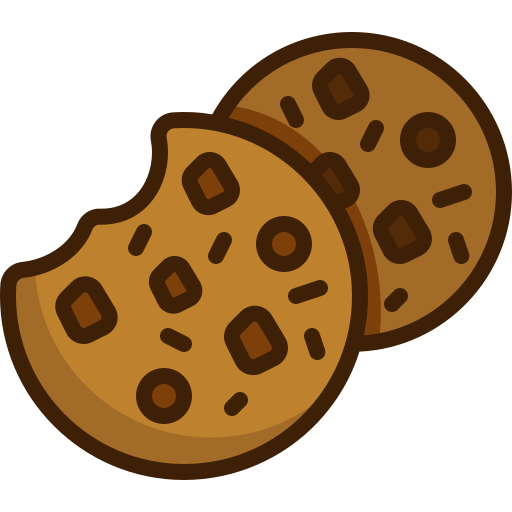In this panel, you can manage your personal information preferences. Some cookies are essential for basic website functionality and cannot be customized, but you can disable others. You can update your choices at anytime through the provided link. Adjust the toggles below to deny consent for specific processing activities, or use the 'Reject All' button.
Would you like to get more information or apply?

 AB
AB









